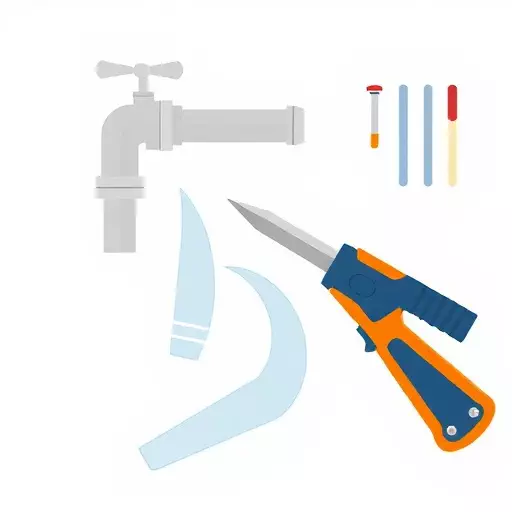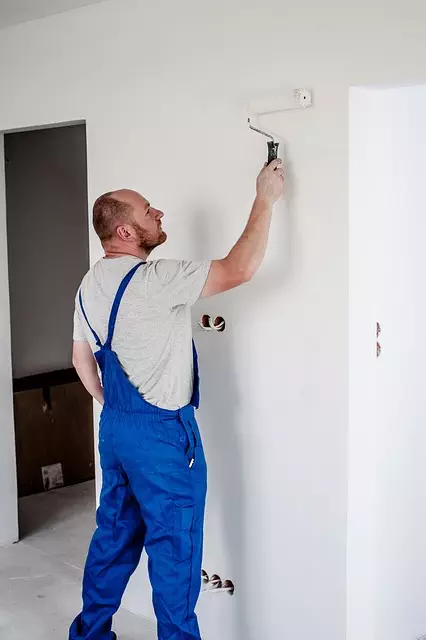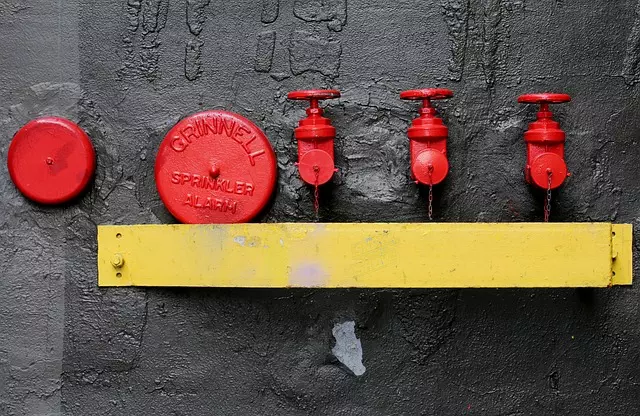Professional plumbers in Toledo utilize advanced leak detection methods, including moisture meters, leak locators, infrared cameras, and acoustic devices, to identify even subtle water intrusion. They combine these techniques with visual inspection and pressure testing to ensure precise repair without causing further damage. For homeowners, a successful drain line leak repair involves gathering essential tools like a plumber's snake and baking soda/vinegar solution, shutting off water supplies, detecting the leak through damp spots and listening, then clearing obstructions and flushing hot water for smooth drainage.
“Discovering and repairing drain line leaks is a critical aspect of maintaining your Toledo plumbing system. This comprehensive guide delves into effective leak detection methods, equipping you with the knowledge to identify potential issues. We explore essential tools for a successful Leak Repair Plumbing Toledo project, ensuring you’re prepared to tackle common problems head-on. From understanding leak causes to following a step-by-step repair process, this article is your go-to resource for minimizing water waste and protecting your home’s plumbing integrity.”
- Understanding Leak Detection Methods for Plumbing Toledo
- Essential Tools for Effective Drain Line Leak Repair
- Step-by-Step Guide to Fixing a Leaking Drain Line
Understanding Leak Detection Methods for Plumbing Toledo
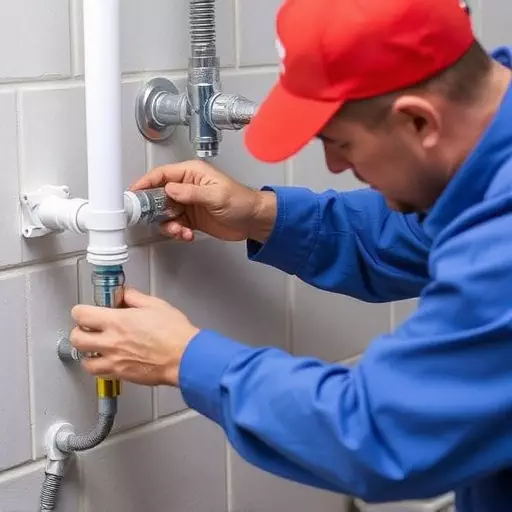
Leak detection is a crucial step in effective drain line leak repair, especially for those seeking plumbing services in Toledo. There are several methods employed by professional plumbers to identify leaks in complex drainage systems. One common approach involves using specialized equipment like moisture meters or leak locators. These tools can detect even the subtlest signs of water intrusion, helping plumbers pinpoint the exact location of a leak without causing further damage. By employing these advanced techniques, plumbers can efficiently navigate Toledo’s plumbing landscape and resolve issues swiftly.
Additionally, visual inspection and pressure testing are valuable Leak Detection Methods. Plumbers often visually inspect pipes for any visible cracks or corrosion that could indicate a leak. Pressure testing is another method where water pressure is monitored to detect unusual fluctuations, which may suggest a leak in the drain lines. These techniques, combined with advanced technology, ensure precise and effective leak repair services for homeowners and businesses in Toledo.
Essential Tools for Effective Drain Line Leak Repair
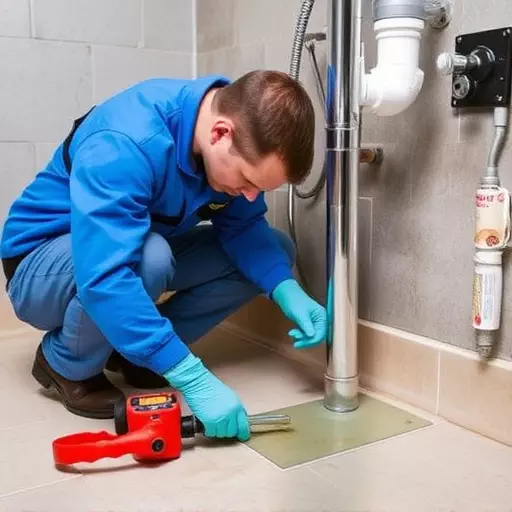
When tackling a drain line leak repair in your Toledo home, having the right tools is crucial for an effective and efficient fix. While some basic plumbing tools are essential for any DIY project, specific tools designed for leak detection and repair will make the process smoother. A good starting point is an all-purpose plumbing kit that includes various sizes of wrenches, pliers, and a leak detector. These tools enable you to identify the source of the leak by tightening fittings, replacing gaskets or O-rings, and detecting moisture levels around pipes.
Advanced methods, often employed by professional plumbers, involve using advanced leak detection technologies. This includes infrared cameras for visual identification of leaks behind walls or in hard-to-reach areas, as well as acoustic devices that detect water movement within pipes. These innovative tools are valuable assets for complex drain line repair jobs and ensure precise pinpointing of the leak without causing further damage.
Step-by-Step Guide to Fixing a Leaking Drain Line

Fixing a leaking drain line can be a straightforward process if approached methodically. First, gather the necessary Leak Repair Plumbing Tools, including a plumber’s snake, drain auger, and a bucket of water mixed with a drop of food coloring to aid in visualization. Start by shutting off the water supply to the affected area to prevent further damage and ensure safe working conditions. Next, locate the leak using traditional Leak Detection Methods, such as listening for unusual sounds or checking for damp spots along the pipe.
Once the leak’s source is identified, prepare a solution of baking soda and vinegar if the leak stems from a clogged drain. This natural remedy can often clear minor clogs without damaging pipes. If the problem persists, use your plumber’s snake or drain auger to carefully remove any debris blocking the line. After clearing the blockage, flush the system with hot water to ensure smooth drainage.
